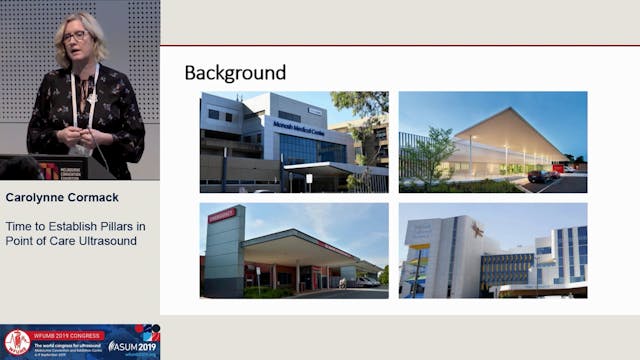Using a learning and skill acquisition plan
EDUCATION
•
20m
A learning plan is a tool to guide the development of knowledge, skills and professional attitudes required for practice. A good learning plan will state the learning goal, identify the learning activities and resources needed to achieve the goal, and highlight the outcome measures. Learning plans may by curriculum driven such as during a formal program of study, or personally driven such as for one's own continuing professional development.
A learning need is a yet to be achieved dimension of knowledge, skill or attitude required for safe practice. When developing learning plans, learning needs should be stated as a learning objective or goal that must be measurable. Learning objectives should contain a verb and focus on one of three areas; knowledge, skills or attitudes. One common tool to assist in this is Blooms taxonomy. Key words are listed and categorised to describe behaviours required of the learner, which are linked to either the cognitive domain (knowledge), psychomotor domain (skills) or professional practice domain (attitudes).
Effective learning objectives should be SMART. A familiar acronym, SMART, highlights that a well written learning objective should be specific (S), detailed and straight forward measurable (M) as it quantifies the goal, achievable (A) as it has the ability to be accomplished, realistic (R) as the resources to achieve the goal are available and achieved in an appropriate time frame (T).
Creating learning plans is a useful teaching and learning tool to ensure shared understanding and shared goals between teacher and learner. This presentation will provide a discussion of how to use and apply a learning and skill acquisition plans in teaching and learning.
Up Next in EDUCATION
-
Time to establish pillars in Point of...
Point of Care Ultrasound (PoCUS) has evolved rapidly over the past two decades and been adopted by many medical specialities, none more so than emergency and critical care physicians. There are significant benefits in both rapid bedside ultrasound diagnosis and safe procedural guidance.
It is, h... -
Teaching a complex skill in ultrasoun...
Health professionals are required to perform a range of skills to undertake their clinical practice roles. The clinical, technical, procedural, or psychomotor skills required for each discipline are unique. To be able to perform these skills they must first be taught and then learned. Most educat...


